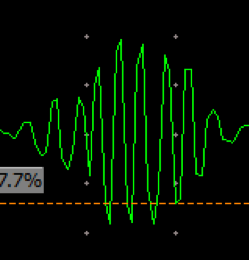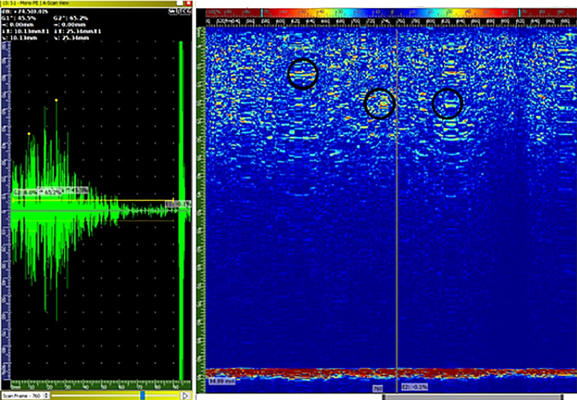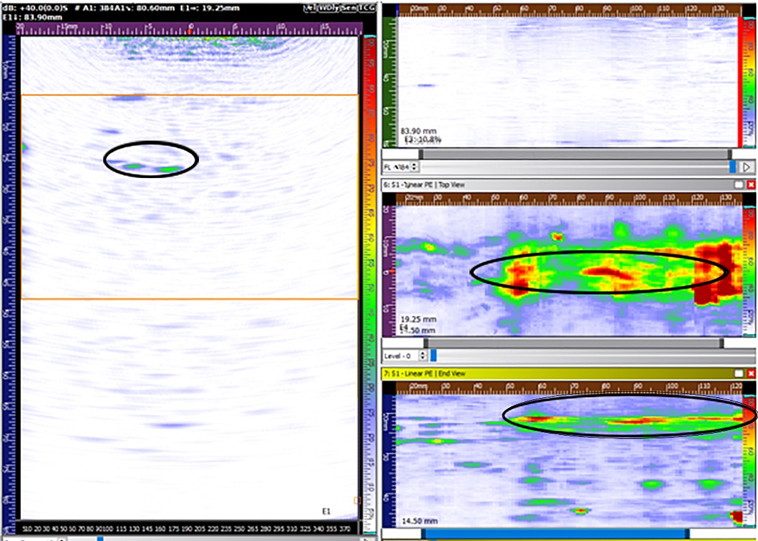NDT Inspection
High Temperature Hydrogen Attack (HTHA)
Published on 13th September 2023
.png)
High-temperature hydrogen attack (HTHA) is an irreversible deterioration of the mechanical properties of steel due to the reaction of hydrogen with carbon at temperatures over 200°C.
Understanding of the High-Temperature Hydrogen Attack (HTHA)
High-temperature hydrogen attack (HTHA) is an irreversible deterioration of the mechanical properties of steel due to the reaction of hydrogen with carbon at temperatures over 200 C.
Atomic hydrogen may react with dissolved carbon (particularly with cementite) in steel to form methane (CH4) inside the material. This chemical reaction causes the decarburisation of the steel which then results in deterioration of the mechanical properties of the steel, particularly its strength. The methane molecules are too large to diffuse out of the steel. Thus, they are trapped in and exert pressure on the grain boundaries. These voids, the methane bubbles, grow through microscale creep deformation due to diffusion at the surface and grain boundaries or dislocations. Cracks result. The accumulation of methane may also cause blistering. High temperatures and pressure accelerate HTHA. However, some chemical additives in the steel can help to reduce this problem. Cr, Mo, V, Nb, and Ti appear to decrease the tendency for steel to crack.
There are three HTHA stages:
- Incubation Period: The changes are almost imperceptible. Voids are at microscopic size.
- Rapid Crack Formation and Growth: The voids are linked together to create fissures (10 to 100 microns) and separate grains.
- Terminal Stage: Fissures link up to form cracks and affect the part integrity. Material strength is reduced and failure may occur.
Stage 1
Tula probes provide optimal detection of stage 1 HTHA. This probe series, based on TOFD transducers, creates a high-resolution diffracted sound beam that can pick up early signs of HTHA when standard transducers struggle to do so. This probe series comes with different focal point distances to improve overall POD and characterization of such damage on different component thicknesses.
These images were taken using a 10 MHz TULA A probe while recording the part thickness profile with a B-scan. The small indications between the interface and the back wall are early signs of HTHA. The beehive shape of the A-scan from an RF signal gives additional information to confirm the situation.


Stage 2
Stage 2 HTHA is characterized by the creation of small cracks in between microvoids. It is also detected by the Tula probe but at this stage may also be detected by other ultrasonic techniques. However, the probability of detection (POD) is higher with a Tula probe.
The FMC/TFM technique could be used at this stage to give a more precise indication of the damage, the enhanced resolution and unique sound propagation behavior of this technique assist with the characterization of very small cracks.

Stage 3
Stage 3 cracking starts to affect the integrity of the material structure and can be detected by Tula, conventional ultrasonic probes, and Phased-Array.
For a better assessment, the area can be scanned using FMC/TFM which makes sizing and grading the HTHA much easier than a single B-Scan alone. Also, an enhanced resolution may give more precise overall flaw dimensions for a fitness assessment. Automatic sizing algorithms in UTstudio+ or UTmap may be used.

For further information or support, please contact the Sonatest Applications Team: applications@sonatest.comat.








